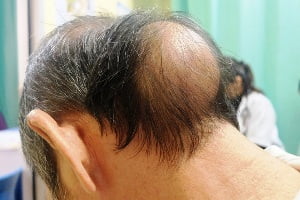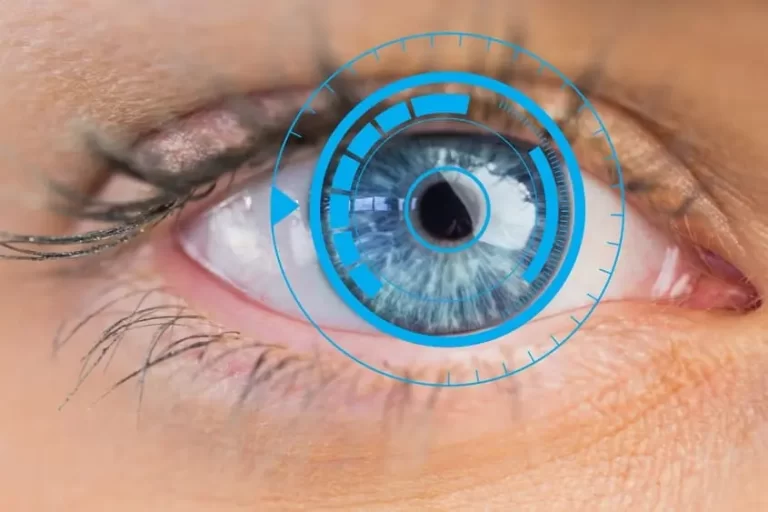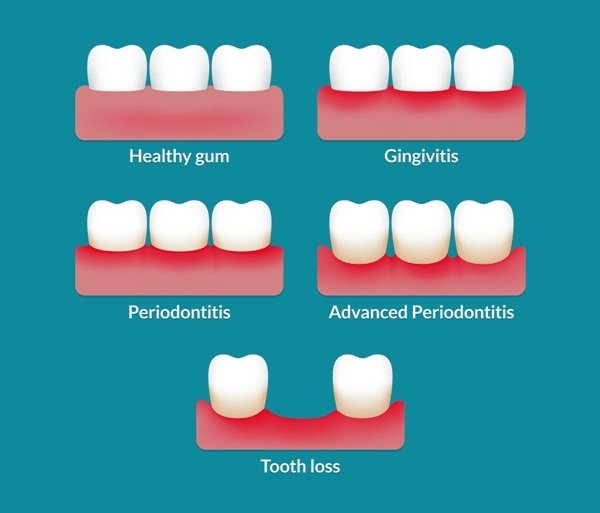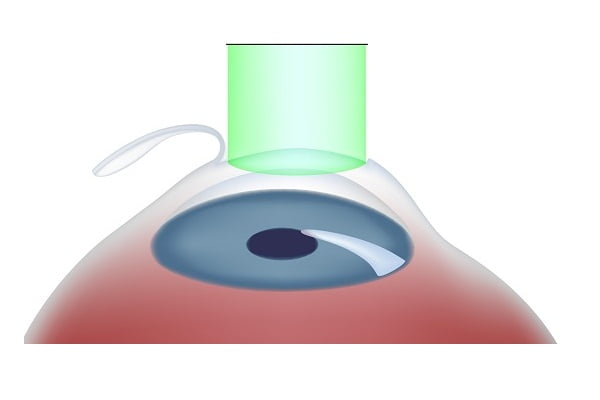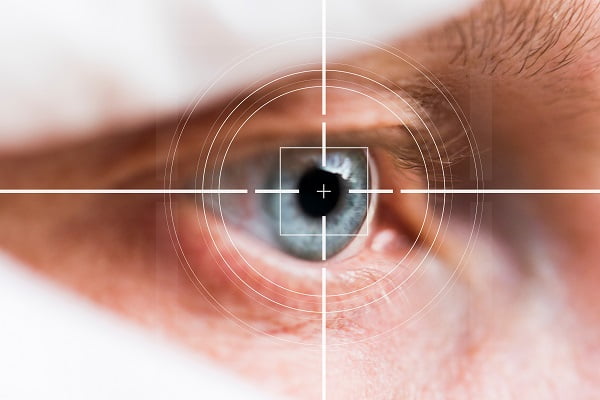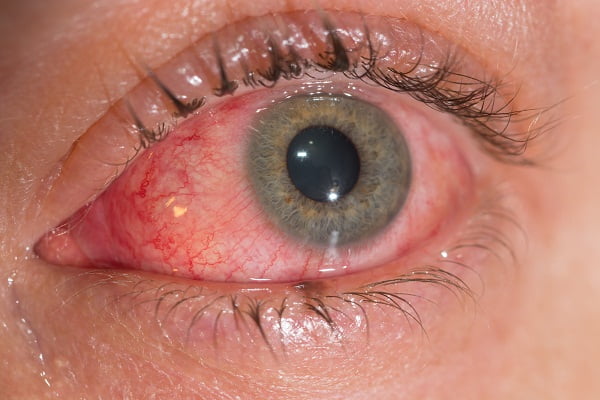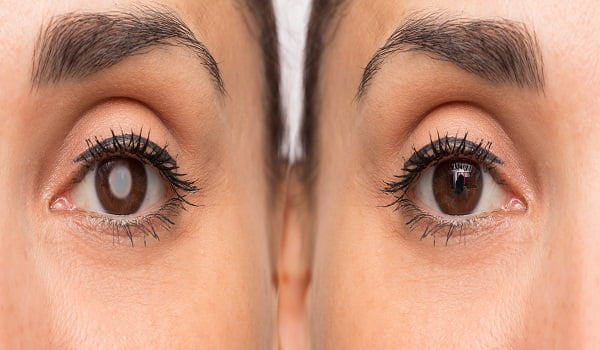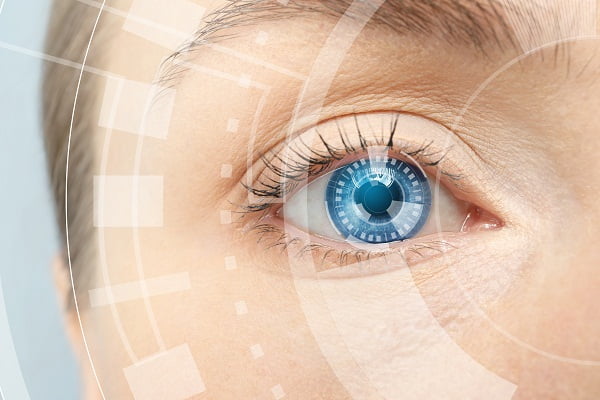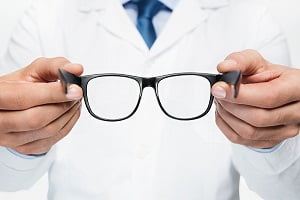Browsing: Eye Health

The page provides quick access to a list of common eye diseases, syndromes, health conditions, and other topics of health importance. The list is organized alphabetically. Links are provided to respective diseases sections that serve as a comprehensive and ultimate guide about the disease or health condition.
Eyes are the most complex and essential sensory organ of our body. Several parts of the eye work together to produce a clear vision. Most people suffer from various types of eye disorders such as age-related macular degeneration, cataract, diabetic eye disease, glaucoma, low vision and dry eye.
Visual impairment is a national and global health concern which creates a negative impact on the physical and mental health of an individual. These visually impaired people are at a high risk for chronic health conditions, accidents, social withdrawal, depression, and mortality.
Most people may experience an eye problem at some point in their life. Some of them may be minor conditions, which can be cured easily whereas others may require a specialist’s care. Eye disorders mostly occur in elderly people due to weakness of eye muscles or due to another medical condition such as diabetes, infections and brain or neuronal disorders.
It is ideal to undergo regular eye checkups, as many eye diseases do not show obvious symptoms. Early detection and treatment of eye problems could easily prevent vision loss.
Certain eye diseases which are quite prevalent worldwide include cataract, glaucoma, nearsightedness, farsightedness, astigmatism, diabetic retinopathy, dry eye syndrome, color blindness and conjunctivitis.
Hypermetropia Correction
Hypermetropia correction is needed to remediate symptoms and to reduce the future risk of these visual problems. Hypermetropia can be corrected using optical correction, vision therapy, medical therapy, and refractive surgery. Read more about the measures to correct hypermetropia (farsightedness).
Cataracts are dense and cloudy areas that form in the eyes and lead to opacification of the eye lens. There are different types of cataracts based on their location and origin. Cataracts in the eyes are mostly formed in three basic areas of the natural eye lens: the center of the eye lens, the outer portion of the lens, and the back surface of the lens.
Corneal Topography Mapping
The cornea is a clear transparent portion in the eye. Its function is to help in the refraction process and therefore, for healthy vision a rounded cornea is needed. Corneal topography is a computerized mapping tool to determine the curvature of the cornea’s surface whether or not it is misshapen.
Keratoconus is a condition in which the cornea of your eyes lose its original round shape and become cone-shaped bulging upwards and downwards. Corneal cross-linking surgery is performed in patients suffering from keratoconus. This procedure helps in regaining the shape of the cornea and makes the corneal tissues strong. It is a non-invasive procedure generally performed in patients for avoiding corneal transplant surgeries.
All About Lasik Eye Surgery
LASIK (Laser Assisted in Situ Keratomileusis) is the most common type of laser eye surgery used to treat different eye problems like nearsightedness, farsightedness, and astigmatism. The cornea of the eye is reshaped in order to attain vision correction during a LASIK procedure. There are some LASIK risks and side effects which should not be ignored.
Diabetic patients are at a greater risk of retinopathy or eye disorders. Doctors advise these patients a comprehensive eye exam at least once a year to cut the chances of diabetic retinopathy. Laser treatment has the potential to prevent extensive eye damage and therefore it is recommended to patients.
There are many other eye diseases or infections that are indicated with redness in eye (which is the most common symptoms of conjunctivitis). This makes diagnosis of the condition a bit difficult. You should therefore meet a eye specialist of you note related symptoms. The doctor will review your symptoms and ask questions to collect medical history.
Cataract: Symptoms and Diagnosis
In order to determine whether you have a cataract or any other eye problem, your doctor will review your symptoms and medical history. He or she will perform a thorough eye examination. She may recommend certain tests such as visual acuity test, slit-lamp test, and retinal examination for the diagnosis of cataract and rule out other problems.
An Overview of Keratoconus
Keratoconus is a non-inflammatory condition in which cornea gradually thins and bulges outward into a shape of a cone. This process of reshaping cornea is known as corneal ectasia. Keratoconus is a bilateral ocular disorder and may affect each eye differently. Most people with keratoconus have only mild forms of the disease.
The most common way to manage the myopia is use of eye glasses or contact lenses. Refractive surgery is another option that can reduce or eliminate the need for glasses or contact lenses. LASIK is the most common surgical procedure which is performed with an excimer laser.


